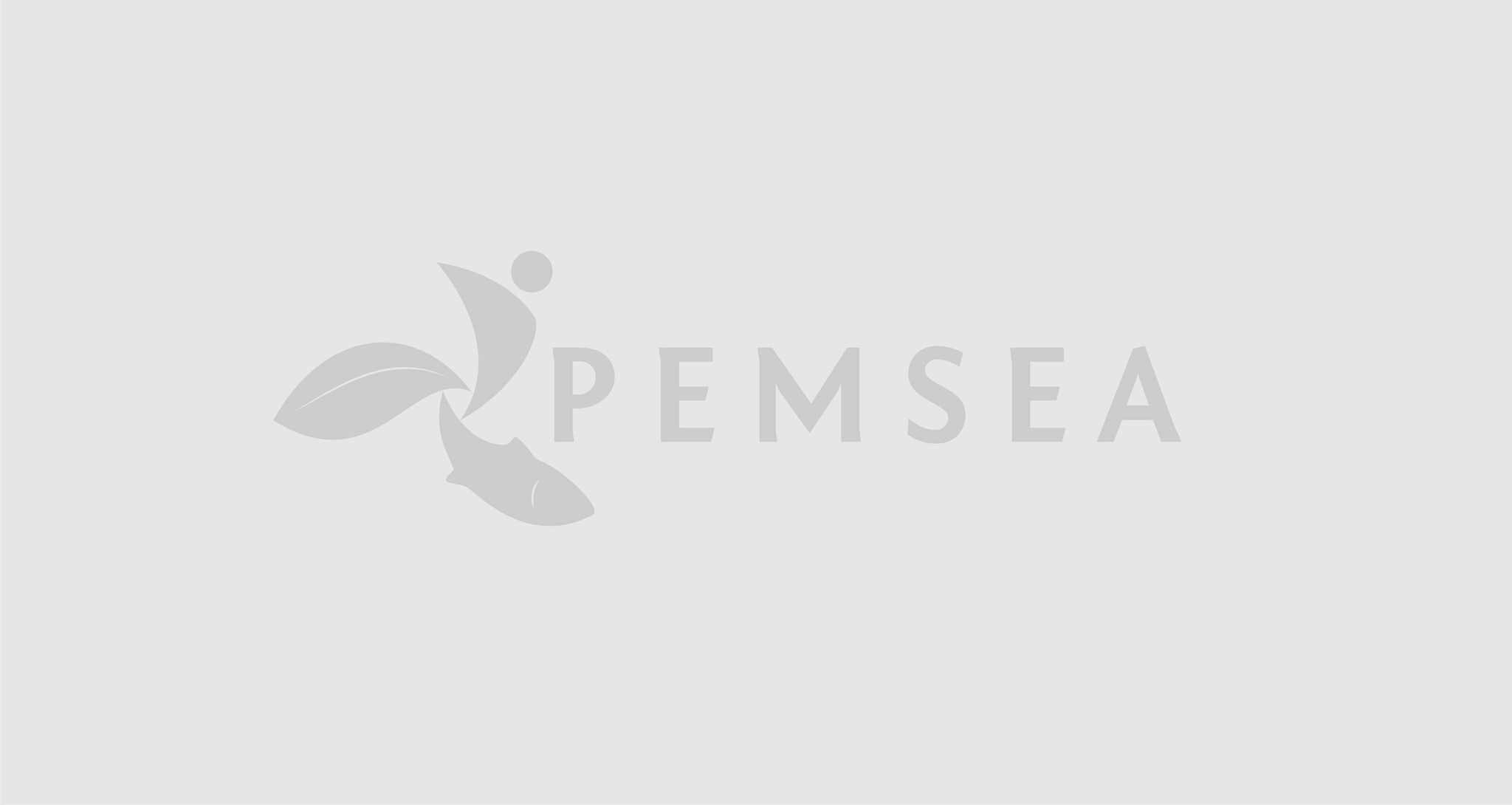The Quest for Improved Freshwater in Stung Hav Community
Friday, 29 February 2008

Stung Hav District, Cambodia — In 2006, the Stung Hav Fishery Community implemented the Sustainable Community-based Coastal Resource Management project which focuses mainly on promoting sustainable fishery management, including the implementation of livelihood projects.
Part of the project involves organizing women community members into savings groups so they can borrow funds that can be used as start-up capital for small-scale livelihood projects. For other community members, a revolving fund was also set up to encourage supplemental livelihood projects. Many of those who availed of the fund went into planting cash crops, but later found that land productivity had gone down because of the dramatic change in water level. "People have no source of freshwater so even if they want to maximize the land for agricultural production, they cannot do much. The wells have also dried up," expressed Ms. Sally Nay of the ICM Project when asked about the status of livelihood projects of the women's savings groups. From an initiative that mainly addresses fishery resource management, the Project has embarked on a challenging initiative that was traditionally the domain of local governments and development institutions – the construction of a 5.9-hectare water reservoir that can store about 50,550 m3 of water for irrigation of agricultural lands and for household consumption. It was also intended to revive the surrounding deep wells by regenerating groundwater supply. The project, which is expected to be completed and operational within the second quarter of this year, will benefit more than 12,000 individuals in Khan Stung Hav. "We have done something for the fishery management and we are now moving into some of the bigger problems that affect many families. This second project with the UNDP/GEF Small grants Programme addresses the immediate needs of the community. It is the people who identified the need to have a reservoir that can supply them with freshwater directly or through the regeneration of groundwater supply for the deep wells," Mr. Prak Visal clarified. "This is a felt need in the community and therefore we were able to get the community members to contribute something. For instance, many people participated in constructing the reservoir. I don't see how we cannot fulfill our objective of having a sustainable water source. Water may run dry, but we should not lose hope," he said when faced with skepticism on the project.The project was initially confronted with several challenges including land claims on the site where the reservoir was to be constructed. Prior to construction, a series of community consultations and verifications were done to make sure that all legal requirements and social preparations had been fulfilled. Construction then started during the last quarter of 2007. To date, the project is about 70 percent complete. Let's drink to thatAside from freshwater supply for agriculture, women members of the savings group, who are usually in-charge of ensuring family welfare, are also concerned about the cost of safe drinking water. Cost in terms of the money spent for purified water, the time spent in boiling water to make sure that it is safe for drinking, and the indirect cost to the environment as people are still highly dependent on firewood for cooking. The State of the Coastal Environment and Socioeconomy of Cambodia (2005) relates a startling figure — 84.42 percent of the total households in Stung Hav had access to safe water in 2003, which is significantly higher than the 2005 target of 30 percent of the rural population. However, the low percentage of population with access to sanitation facilities explains the deteriorating water quality in Khan Stung Hav. In 2003, about 21.68 percent of total households had access to latrines. While this exceeds the 2005 MDG target of 12 percent, the poor access to such facilities is compounded with the absence of a comprehensive waste collection and disposal system and an increasing population. It is no wonder that safe drinking water has, over the years, been rendered unsafe for drinking. Left with no alternatives, impoverished families have no other way but to buy purified water or boil water for drinking. The effort at establishing a small reservoir was therefore complemented with the provision of ceramic water purifiers among the members of the women's savings groups to reduce household expenses in buying purified water and ensure access to safe drinking water for the family. To date, around 280 families have benefited from the ceramic water purifiers. Information and communication campaigns were also done to orient the families on the importance of safe drinking water. And with increased income opportunities, it is hoped that more families would be able to procure the ceramic water purifiers. The establishment of the freshwater reservoir and the distribution of the ceramic water purifiers were funded under the UNDP TRAC fund in Cambodia, which was approved during the last quarter of 2007. Both projects are being implemented through the UNDP/GEF SGP-PEMSEA Joint Communiqué. The second cycle of the ICM Project in Sihanoukville will attempt to complete initiatives for safe drinking water and access to sanitation by implementing a comprehensive waste management project based on the experience in Sangkat 4, Khan Mittapheap.



